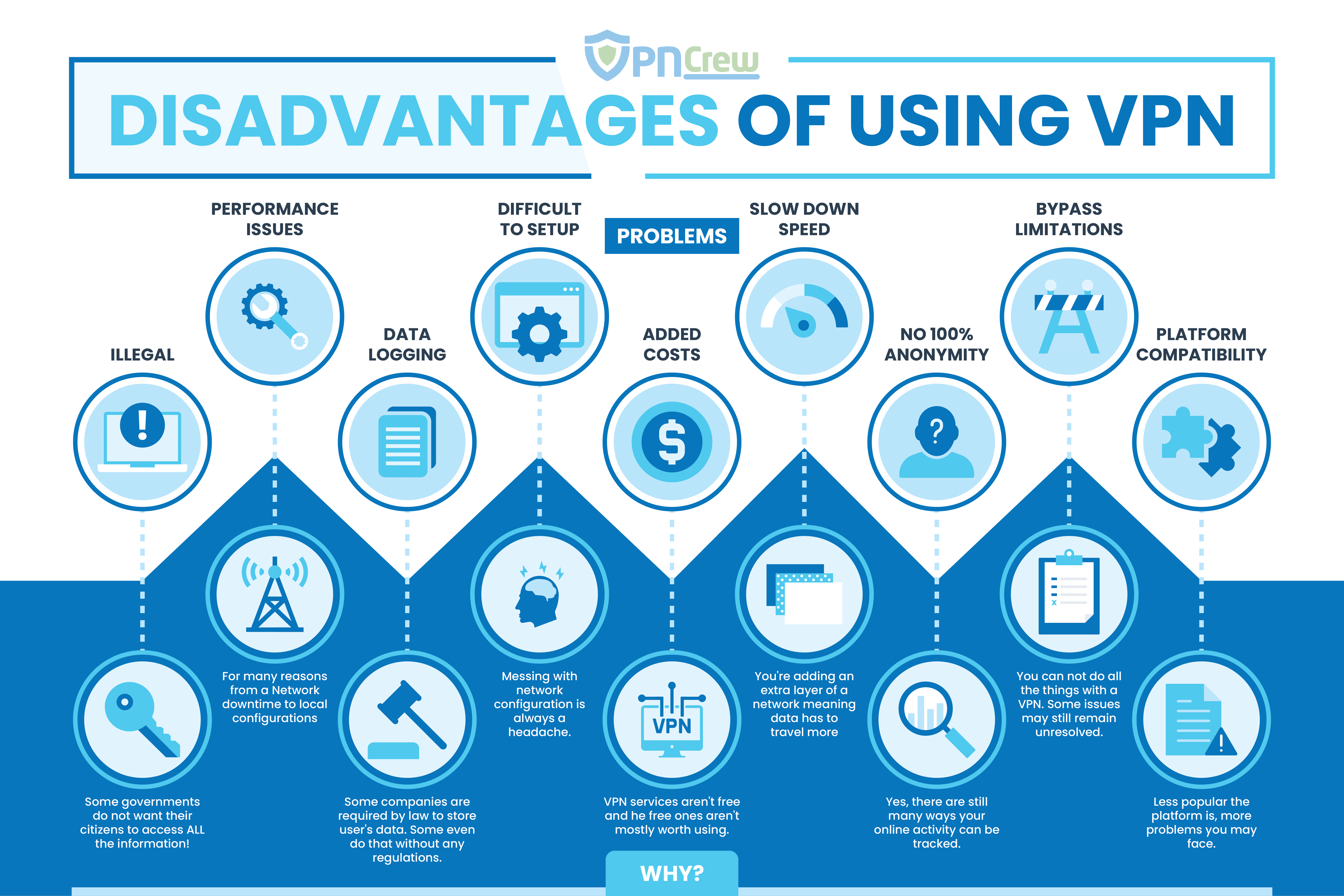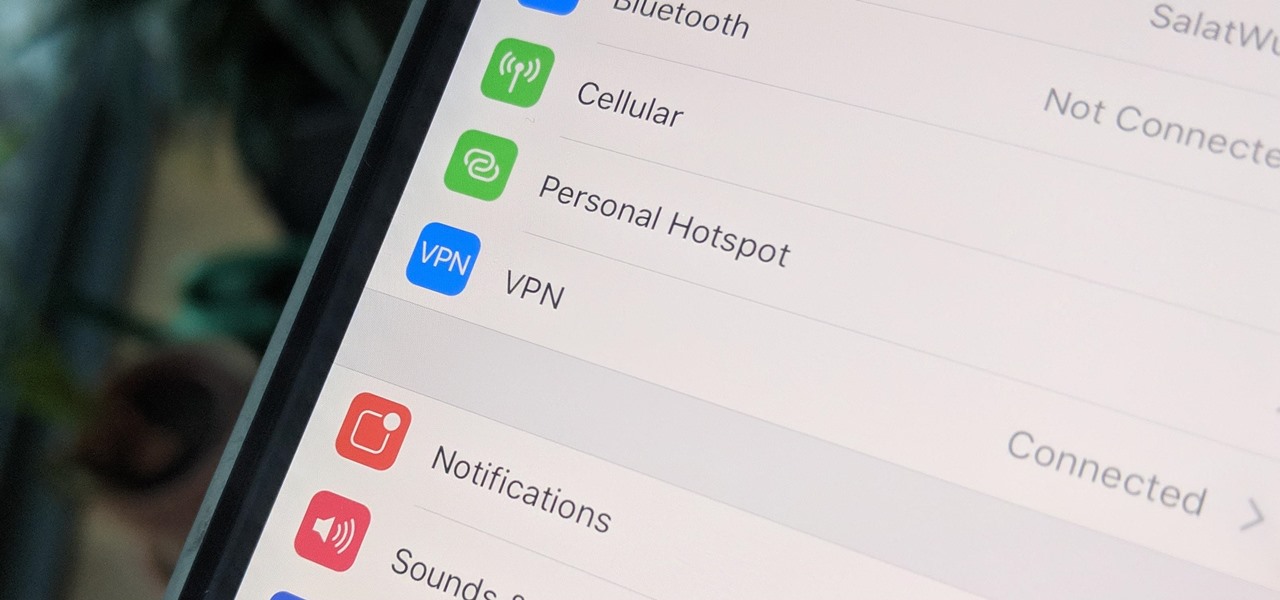Featured
Table of Contents
Vpn Troubleshooting Guide

The Routing and Remote Access snap-in lives within the Microsoft Management Console, called the MMC. There are numerous methods to access the MMC. You can choose the console from the Start menu's Programs options, within the Administrative Tools folder within Windows server's Control board or by typing mmc at a command prompt.
As Tech, Republic's Brandon Vigliarolo demonstrates within his video at the start of this post, the Services console displays the status of the Routing and Remote Access entry. From within the Services console and with the Routing and Remote Access entry highlighted, you can click Start the Service or right-click the entry and select Restart.
In some cases the VPN customer and VPN server are set to utilizing different authentication approaches. Verify whether an authentication error is the problem by opening the server console. Another approach of accessing the MMC is to type Control+R to open a command timely in which you can type mmc and hit Go into or click OK.
If the entry isn't present, click File, choose Add/Remove Snap-in, choose the Routing and Remote Gain access to choice from the choices and click Include, then OK. With the Routing and Remote Access snap-in included, right-click on the VPN server and click Properties. Review the Security tab to validate the authentication technique.
Vpn Troubleshooting
Ensure the VPN customer is set to the authentication technique defined within the Security tab. Typically the items just evaluated are accountable for a lot of VPN connection rejection mistakes. Other principles should be proper, too. If the Windows Server hosting the VPN hasn't joined the Windows domain, the server will be unable to authenticate logins.
IP addresses are another essential component for which administration should be effectively set. Each Web-based VPN connection generally uses 2 different IP addresses for the VPN client computer system. The very first IP address is the one that was assigned by the client's ISP. This is the IP address that's utilized to establish the preliminary TCP/IP connection to the VPN server over the Internet.

This IP address generally has the exact same subnet as the regional network and thus allows the customer to interact with the regional network. When you established the VPN server, you need to configure a DHCP server to assign addresses to customers, or you can create a bank of IP addresses to assign to clients directly from the VPN server.


If this option is picked and the efficient remote access policy is set to permit remote gain access to, the user will have the ability to attach to the VPN. Although I have been not able to re-create the circumstance personally, I have actually heard rumors that a bug exists in older Windows servers that can trigger the connection to be accepted even if the reliable remote access policy is set to deny a user's connection.
Troubleshooting Tough Vpn Problems - Strongvpn

Another typical VPN problem is that a connection is successfully developed however the remote user is not able to access the network beyond the VPN server. Without a doubt, the most common cause of this problem is that permission hasn't been approved for the user to access the entire network. To permit a user to access the whole network, go to the Routing and Remote Gain access to console and right-click on the VPN server that's having the issue.
At the top of the IP tab is an Enable IP Routing check box. If this check box is enabled, VPN users will have the ability to access the rest of the network, presuming network firewall programs and security-as-a-service settings allow. If the checkbox is not chosen, these users will have the ability to gain access to only the VPN server, but nothing beyond.
For example, if a user is dialing directly into the VPN server, it's usually best to configure a fixed route between the client and the server. You can set up a fixed path by going to the Dial In tab of the user's homes sheet in Active Directory Users and Computers and selecting the Apply A Fixed Path check box.
Click the Add Route button and then enter the location IP address and network mask in the area provided. The metric ought to be left at 1. If you're utilizing a DHCP server to assign IP addresses to clients, there are a couple of other issues that could cause users not to be able to go beyond the VPN server.
How To Fix Vpn Not Connecting On Windows 10 – 6 Ways
If the DHCP server appoints the user an IP address that is currently in usage elsewhere on the network, Windows will identify the conflict and avoid the user from accessing the rest of the network. Another typical problem is the user not getting an address at all. The majority of the time, if the DHCP server can't assign the user an IP address, the connection won't make it this far.
254.x. x variety. If the client is designated an address in a range that's not present within the system's routing tables, the user will be not able to browse the network beyond the VPN server. Other concerns can contribute to this issue, too. Guarantee the resources the user is trying to gain access to are really on the network to which the user is connecting.
A VPN connection to the other subnet might, in fact, be required. A firewall or security as a service solution might also be to blame, so don't forget to review those solutions' settings, if such elements are present in between the VPN server and the resources the user looks for to reach.
The very first possibility is that one or more of the routers included is performing IP packet filtering. I suggest checking the client, the server and any devices in between for IP packet filters.
Latest Posts
The 5 Best Business Vpn To Secure Your Team In 2023
The Best Free Vpn For Android
How To Troubleshoot Common Issues With Avg Secure Vpn